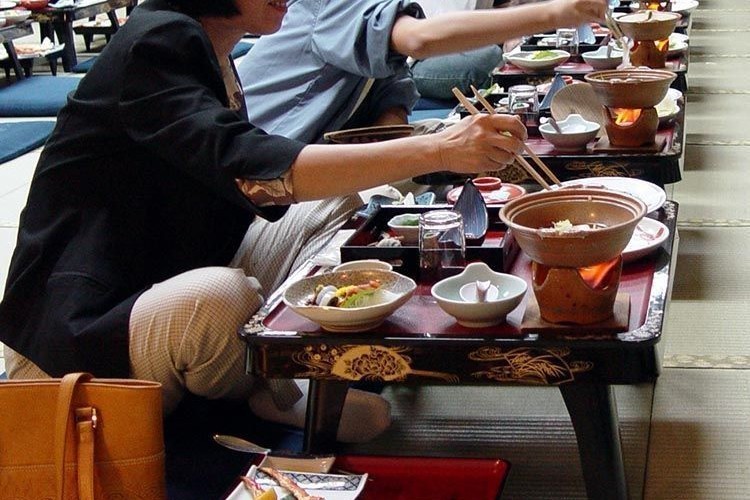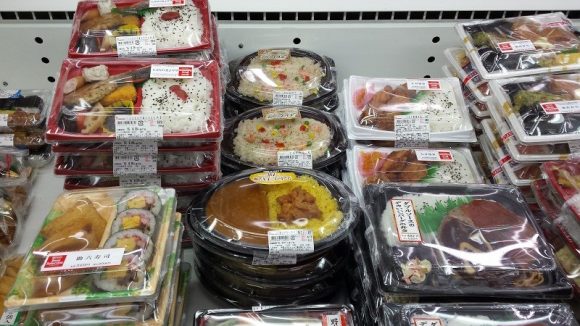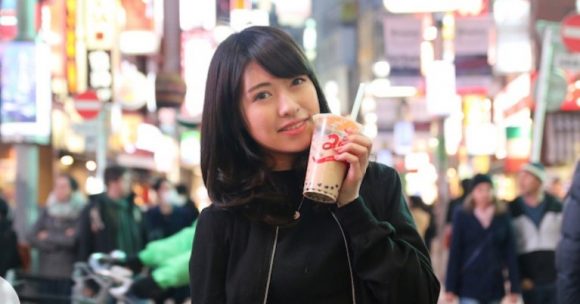
Food is an important part of Japanese culture. Japanese people have a notable worldwide reputation for being very passionate about their food. Throughout the centuries, skillful chefs have perfected the art of cooking, to such an extent that Japan is now renowned for having more Michelin star restaurants than any other country. With taste and flavour so integral for Japanese food producers, a number of brands are seeking out and leading on new food innovations in the region.
As part of our ongoing Illume Guide featured blog posts, we interviewed our Japanese Guide – Daisuke, to help us understand more about Japanese food culture and explore the emerging food trends in Japan.
Hi Daisuke! Tell us a bit about yourself – where are you from, what do you do and what are you passionate about?
Hi Cherry! I am currently studying Economics at Keio University. I’m going to specialise in Global Trade and Development Economics, with specific focus on South East Asia. I lived in Singapore for 5 years during my childhood, and that sparked my interest in how the region can economically contribute to the world. Besides that, I like to study Behavioural Economics and French on my own. Outside work and study, I’ve been playing football since I was young and I’m also very into photography. I love food and always eat out with friends on the weekend.
Tell me about Japanese culture.
Japanese culture is extremely unique. To summarise in three words I’d say we are polite, punctual and meticulous. Japan is a very polite nation and people care about manners. Etiquette makes things run smoothly, and we always try to be courteous dealing with things. Japanese people are usually very busy with work, study and family. This means there’s great emphasis on time and everything needs to be very timely, for example, the transport system is very punctual. There is a deep-rooted culture of paying attention to detail and doing things to perfection. We admire skill and quality.
How does Japanese culture influence the food culture in Japan?
Japanese restaurants usually provide top-notch service with skilful chefs and well trained waiters. Diners are expecting a high standard service whether it’s a big restaurant or a small ramen shop. Despite the great service, there’s no tipping culture in Japan and a waiter will run after you if you leave some change on the table. In addition, people usually don’t eat while walking or when in public places. It’s typical to be polite and not interrupt others with the smell of food. If we feel hungry and need food some quickly, we’ll usually order the food and sit down to finish it quickly. Ramen is considered as fast food in Japan. Apart from that, before eating, Japanese people say “itadakimasu,” a polite phrase meaning “I receive this food.” This expresses thanks to whoever worked to prepare the food in the meal. After eating, people once again express their thanks for the meal by saying “gochiso sama deshita,” which means “it was quite a feast.”
Japanese culture also influences our table manners. Unlike other Asian countries, Japanese usually don’t share food. Everyone has his or her own set of food. I remember once my Grandma blamed me for finishing my friend’s food in his bowl. She thought it was unhygienic. Chopsticks are one of Japanese main tableware so there are many rules to using them. For example, chopsticks should be placed in a chopstick holder. It’s considered rude to browse food with chopsticks. Sticking chopsticks into the bowl or sharing food by passing from chopsticks to chopsticks resemble a custom at Japanese funerals.
When it comes to punctuality, restaurants are aware that people have busy schedules and would serve the food on time, especially for people who are on their 1-hour lunch break. Apart from that, microwaveable food is very popular in Japan. Convenience stores offer a great variety of microwave food. Shop assistants warm up the food and office workers can enjoy their meal without worrying much about time.
What is the food like in convenience store?
Japan has a very developed convenience store system. Convenience stores provide great service along with a wide range of fresh food options from breakfast and lunch to dinner and snacks. The pre-packaged food is usually inexpensive, delicious and even seasonal. For people who prefer hot meals, stores have microwave ovens on hand for heating bentō or side dishes and electric kettles dispensing boiling water for instant ramen.
How important is the way food is presented for Japanese people?
Japanese cuisine put a lot attention on the presentation. In traditional Japanese cuisine, visual presentation is as much a part of the dining experience as the taste of the food itself, so beauty is always an essential ingredient in any Japanese meal. Presentation is an art form and great attention is paid to everything, from the arrangement of the food and garnishes to the dishes in which each component of the meal is served. Nowadays people really love to share nice food on social platforms, so great presentation of food is becoming even more important to appeal to younger generation’s social media needs.
Where do people get inspiration for food?
Japanese people are tech savvy and usually turn to social media or apps for food recommendations. There is a website called 食べログ/tabelog where you can find all the restaurants with reviews from different diners. People use it very often to help them decide where to eat. I care about food reviews as they give me an idea about different restaurants. The younger generation follows different food accounts on Instagram or Twitter. They check the location and hashtags from popular posts or images. People also love to share food online with their friends and families. Famous food or restaurants can easily go viral online.
Have you noticed any new food trends in Japan lately?
I have noticed Korean cuisine is getting very popular in Japan. A lot people travel to South Korea for holidays. The younger generation are obsessed with K pop and Korean fashion. There’s a Korean town in Tokyo called Shin-Okubo. People like to go there for Korean food and will post Korean cuisine they ate on social media.
Apart from that, bubble tea has gone viral in Japan. In the past few years, many new bubble tea shops opened.
How would you describe the Western food available in Japan?
Japanese people usually make Japanese food at home. When going out, they tend to go for options that they don’t have at home. There are many international restaurants in Japan and it’s easy to find cuisines of different cultures. French and Italian are the most popular ones. Japanese people admire France a lot, whether it’s their culture, fashion or food. We consider their food very delicious and good quality. Many Western restaurants in Japan use French names even though they just serve general Western food, a French name is a symbol of reputation. Compared to French food, Italian food is much more affordable but also tastes very good. There are many Italian meals in Japan. People make Italian food at home as well.
One thing that is worth mentioning here is that although Japanese people don’t really share food, if we go to a pizza restaurant, we order a big pizza to share and order sides to go with it. People usually won’t order pizza for one here.
Finally, can you give some advice to international food companies who want to market to Japan?
Firstly, location! It would be a great idea to open a store or restaurant near a train station. Japanese people travel by train very often and always tend to get food near train stations. Secondly, the food needs to look good. Japanese people put great value into the presentation of the food and Instagrammable food will gain popularity online. Finally, try not to make the flavour too strong, Japanese people prefer light flavour – not too salty, not too spicy.




